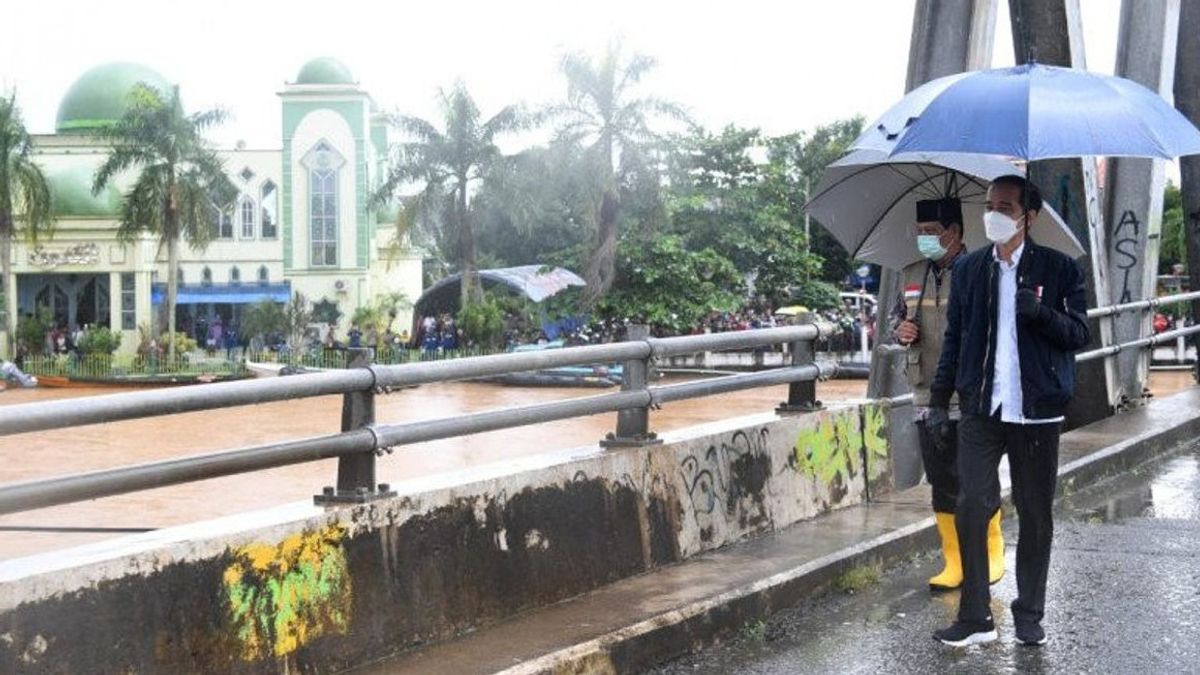JAKARTA - Floods hit several areas in Indonesia earlier this year, most recently in Pidie District, Aceh. So that flooding does not become an annual disaster, it is better for Indonesia to follow the following developed countries in anticipating floods.
Floods have many factors, including the fact that urban infrastructure cannot accommodate drainage needs, sea level rise, old dams or embankments, river basin erosion and so on.
Even though floods are an unexpected disaster, several countries such as Japan, Britain and the Netherlands have developed technology to control floods, as VOI summarizes from the Thoughtco page.
Aqua Drive in JapanJapan is a collection of islands with a long history of flooding. Now Sakura State engineers have developed a complex system of canals and sluice locks. The system was built after the great flood in 1910.
Sluice technology was designed in 1924 by Akira Aoyama, a Japanese architect who had previously worked on the Panama Canal. The "aqua-drive" motor will automatically drive the floodgates in Japan which is prone to flooding.
The power from the aqua-drive comes from the pressure of the water which creates the force to open and close the gates as needed. In addition, hydraulic motors do not require electricity to work.
Oosterschelekering in the NetherlandsThe Netherlands is a country where 60 percent of its population lives below sea level. From 1950 to 1997, the Netherlands built the Delta Works, a sophisticated network of dams, floodgates, locks, embankments and storm surge barriers.
Deltaworks' most impressive project is the Oosterscheldekering which is a dam with a movable gate. After the project was completed in 1986, the tidal height was reduced from 3.40 meters to 3.25 meters.
Cross of the Thames in EnglandBritish engineers have designed a powerful movable flood barrier to prevent flooding along the River Thames. The barrier is made of perforated steel which can open (when the ship is passing) and can be closed to stop the flow of water.
The armored shell on the River Thames contained hydraulic swing beams that could rotate giant gate arms to open and close the flow of water. The bar was built between 1974 and 1984 and proved successful in preventing floods of more than 100 times.
The English, Chinese, Japanese, Arabic, and French versions are automatically generated by the AI. So there may still be inaccuracies in translating, please always see Indonesian as our main language. (system supported by DigitalSiber.id)













